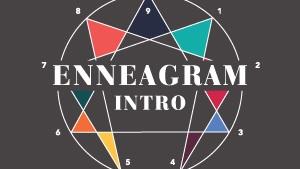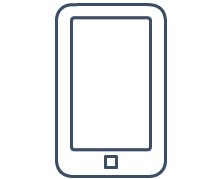Lisa Schrad worked at InterVarsity Press for over nine years as a proofreader and Bible study editor and then at InterVarsity’s headquarters on the Communications Team. She has an MFA in poetry from Butler University and loves reading, writing,and having good conversations with family and friends over steaming-hot beverages.
Image designed by twentyonehundred productions team member Jono Gay.
Blog Categories:











Comments
I've just started learning
Thanks, Joanna! I'm glad you
I am also new, and excited to
Thanks, Julie! I hope you
This is a fantastic overview
Thanks for your comment, Mike
I am so incredibly curious to
Hi Deborah! Thanks for your
Thanks for the perspective.
Hi Zac! Thanks for reading
Add new comment